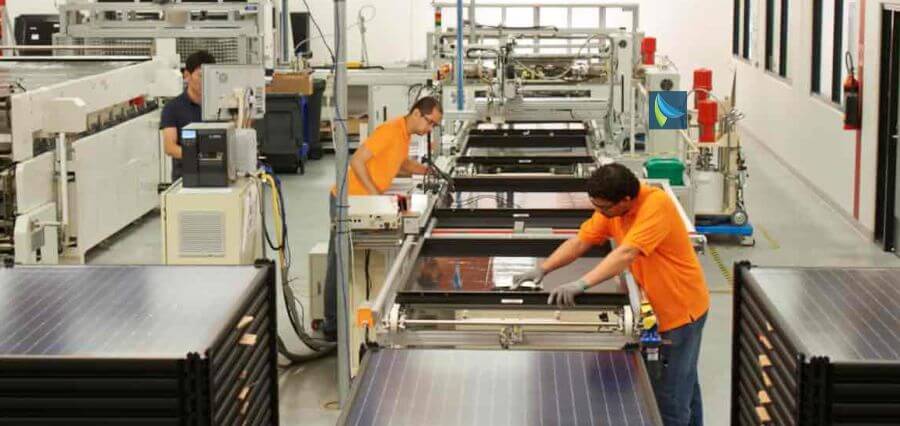According to a recent analysis, if legislative and regulatory frameworks are properly established, creating Australian supply chains for the production of solar, wind, batteries, heat pumps, and commercial electric cars may result in $215 billion in benefits in just ten years. This is the kind of economic return Australia might obtain from its own raw mineral assets, according to the Make It Here report by the think tank Beyond Zero Emissions (BZE), provided it can move past the present dig and ship model and begin processing, manufacturing, and recycling onshore.
Value-adding to Australia’s mineral resources has been advocated for long before Donald Horne’s 1964 book The Lucky Country.According to BZE CEO Heidi Lee, it would take organized financial backing, the creation of cleantech manufacturing centers, recycling for new energy devices, and guaranteeing demand for cleantech produced locally to make it work.
“We do have to grow a lot more than what we have been in our manufacturing sector,” Lee tells RenewEconomy.
“There’s some statistics on how much manufacturing grows already and it’s in the single digit billions. This report is talking about growth in a single year of an additional $20 billion until 2035. We are now looking at how we back in our industries to achieve that.
“We need to build capability at the top and tail of cleantech supply chains so we are better equipped to capture the benefits from our consumer products right through to waste that we currently have to bury or ship overseas.”
One example of a niche industry may be battery manufacture, as the cost savings from not having to ship these bulky items could offset any concerns about production costs.In the Hunter Valley, New South Wales, Energy Renaissance is already running the nation’s first lithium-ion gigafactory, while Li-S Energy is preparing to build a 10 GWh battery factory in Geelong.
Since there aren’t enough created minerals in the world to satisfy emissions objectives, the discussion about recycling needs to begin with heat pumps, solar panels, and wind turbine parts. Because of the volume of garbage produced by outdated technology, recycling presents a significant potential that can support some degree of local manufacturing.
According to BZE, financial assistance ought to take the shape of production credits that gradually expire, providing investors with confidence and bridging the gap between domestic and cheaper foreign manufacturing.The $1 billion Solar Sunshot initiative, which the federal government has previously revealed, is widely seen as a crucial first step toward re-establishing Australia as a leader in cleantech manufacturing.
Globally, the US’s Inflation Reduction Act (IRA) and the European Green Deal represent significant investments in domestic content manufacturing; Canada offers $A90 billion in tax credits; Asia features battery and electric vehicle (EV) subsidies in Korea and Japan; Indonesia prohibits exports of its premium nickel to onshore battery industries; and India provides incentives to foster the solar industry.
However, if there is no market for locally produced items, investment is meaningless.
According to Lee, local content rules should guarantee demand. The Australian government is thinking of implementing this strategy for the emerging offshore wind industry, but it hasn’t committed to it for the onshore cleantech sectors. According to the BZE research, local content standards would support the equivalent of five gigafactories for batteries ($114 billion and 20,000 jobs) and a 5 gigawatt (GW) solar sector ($14 billion and 6,000 jobs by 2035). It advises that a 36% local content criterion for the wind industry ($35 billion and 2,000 jobs) be put in place.
For More Deatails: https://insightssuccess.com


